|
Let's go fly! ...maybe not. The current METAR made me think twice: KSWO 302253Z 03008KT 10SM BKN024 OVC030 M07/M13 A3033 Below freezing. Low clouds. Should I worry about the aircraft accumulating ice? I've read [1,2] that most aircraft icing occurs when air temperatures are between 0 °C and -20 °C and I wondered how difficult it would be to verify that claim. Here's what I found. First, I downloaded several hundred PIREPS from aviationweather.gov. Then I filtered the PIREPS for those that reported ice along with the atmospheric temperature. For example, here the pilot is reporting rime ice with an atmospheric temperature of -13 °C: TYS UA /OV TYS/TM 1331/FL130/TP E145/TA M13/IC MOD RIME ICE/RM ICING STARTING AT 130 AND ENDING AT 115 Next, I constructed a histogram of the atmospheric temperatures with reported ice, and here is the result. What is amazing is that this plot is comprised of just 29 pilot reports and it agrees perfectly with the original premise that aircraft structural icing occurs most often between 0 °C and -20 °C. That's good information to know before poking your head into cold clouds.
References: 1. http://www.crh.noaa.gov/Image/lmk/Brian%20S/LMK_Icing_Show.pdf 2. https://www.faasafety.gov/gslac/ALC/course_content.aspx?cID=33&sID=152&preview=true
With ATC watching for traffic and aware of my position and situation, I could concentrate more on the problem at hand. What was I missing? "It must be fuel," I thought. "Tanks are full. Fuel selector on 'Both.' Mixture rich.... Nothing is helping. So what now?" "Fly the plane. Fly the plane. Fly the plane. Trim for best glide. Set a direct heading to the airport. You get one shot. What are the winds? Manage energy... Uhm. Oh sh*t, there's a damn lake at the end of the runway! You must be kidding." Let's just say that I approached high and dropped the flaps at the last minute. I may have landed long. But I wasn't wet! Or worse! Right before touching down (yes, on the runway) I remember thinking about how I was going to have to PUSH the plane from the runway to get it clear. But, that wasn't the case. As soon as the wheels touched the runway, the engine started and ran perfectly. Unbelievable. I taxied to parking. Fifteen minutes later, I was able to think straight, get my legs under me and exit the airplane. THE CAUSE If you carefully read the POH for early Cessna 172s, the POH cautions you about flying on both tanks when cruising at altitudes over 5000 ft. Doing so may cause "power irregularities" (A.K.A. engine failure). But I guess this is okay if it is in the POH. Just switch to one tank, ignore the sputtering, glide for 60 (very long) seconds, then switch to the other tank and hope the vapor has cleared and the engine restarts. That is why many early Cessna 172s have a placard on the fuel selector (between the seats, out of sight) that says something to the effect of "Use single tank above 5000 ft." Yes, on those models, it matters. LESSON LEARNED The decision to fly on Left, Right, or Both may not be a simple judgement call. The decision shouldn't be based on the consensus opinion of you and your buddies. And the proper option may not even seem logical. You must read the POH, ADs, and ACs for your aircraft and follow their guidance. Your life may depend on it. RESOURCES FAA: https://www.faa.gov/regulations_policies/airworthiness_directives Example C172 POH: http://rob.com/matt/manuals/172_poh_59.pdf Actual Fuel Management Procedure - 1959 Cessna 172
Running your air cooled engine with the cowl removed is harder on the engine than you may realize. Uncowled, air is blown over the cylinders and not through the cylinder's cooling fins. So the bottom of the engine is left to heat-soak and the top is cooled. This uneven heating results in distorted cylinders which damages the cylinders and the moving parts inside the cylinders.
Continental recommends fabricating a scoop out of sheet metal for use when running up the engine on the ground when the cowl is removed. This provides a safe amount of airflow for runups and can usually be constructed in a way that it is out of the way for most maintenance procedures. (Drawing credit: Continental Motors) |

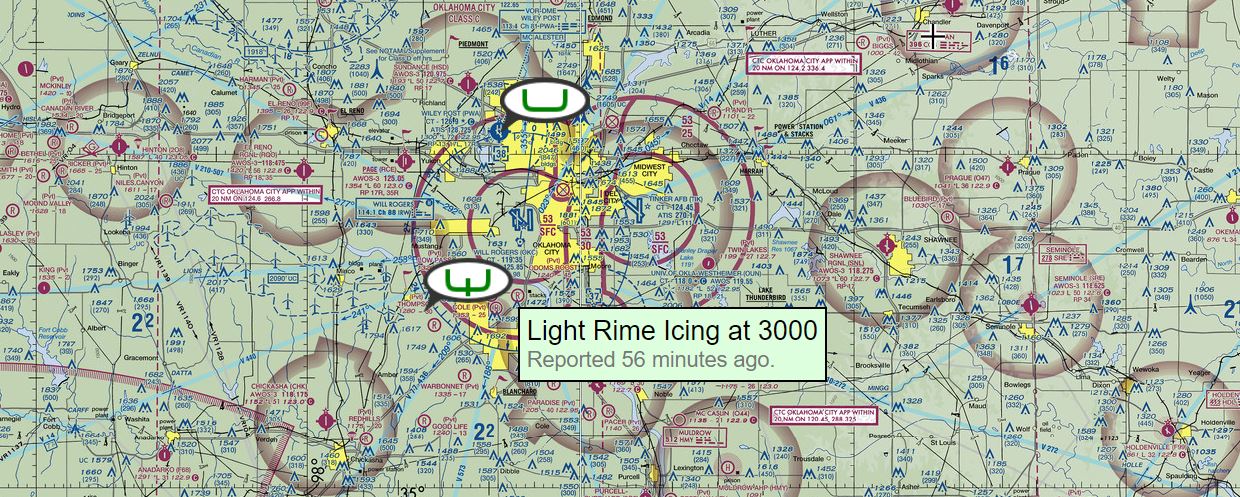
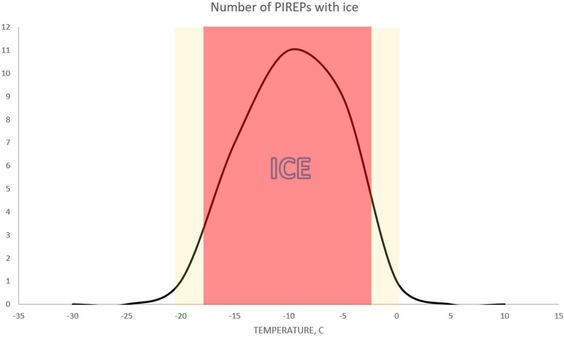
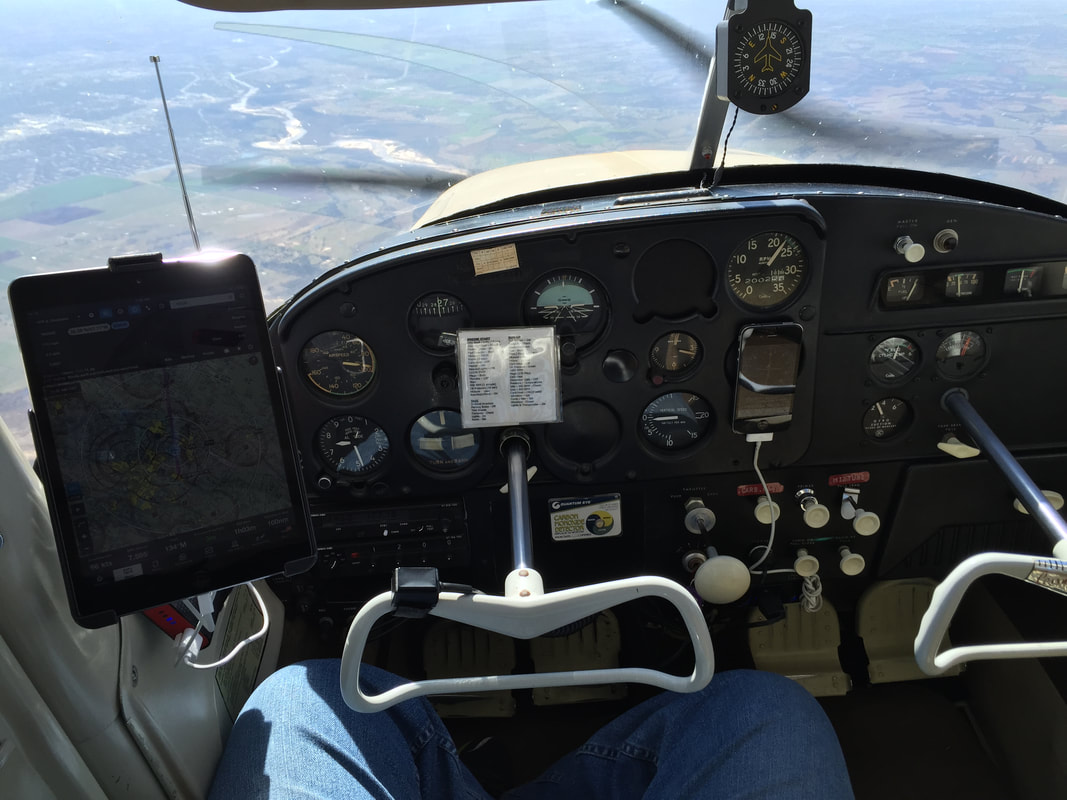
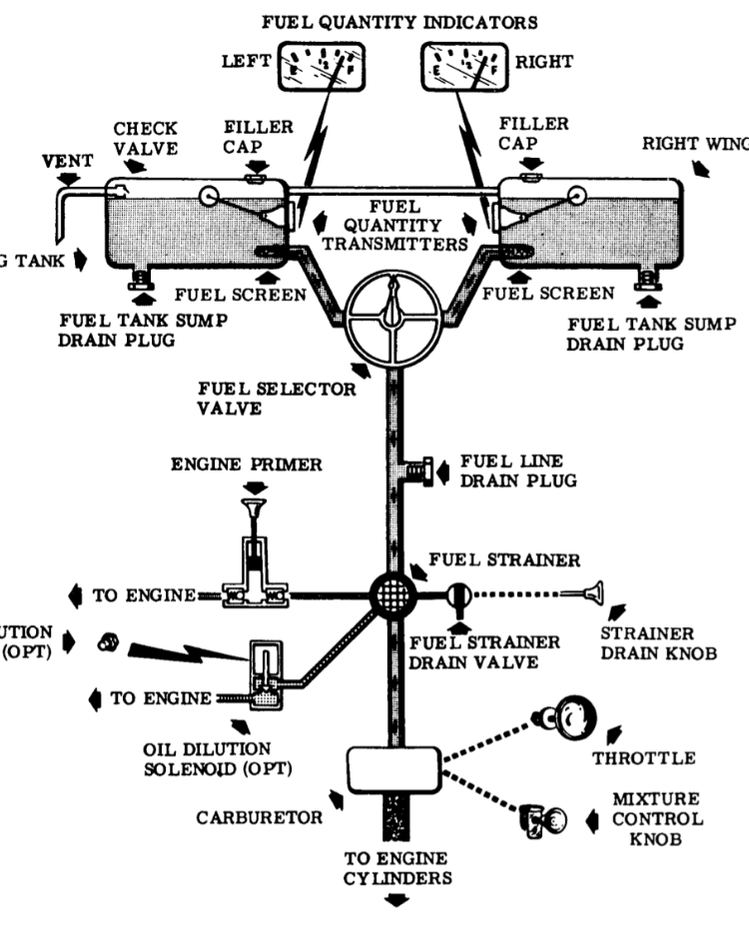

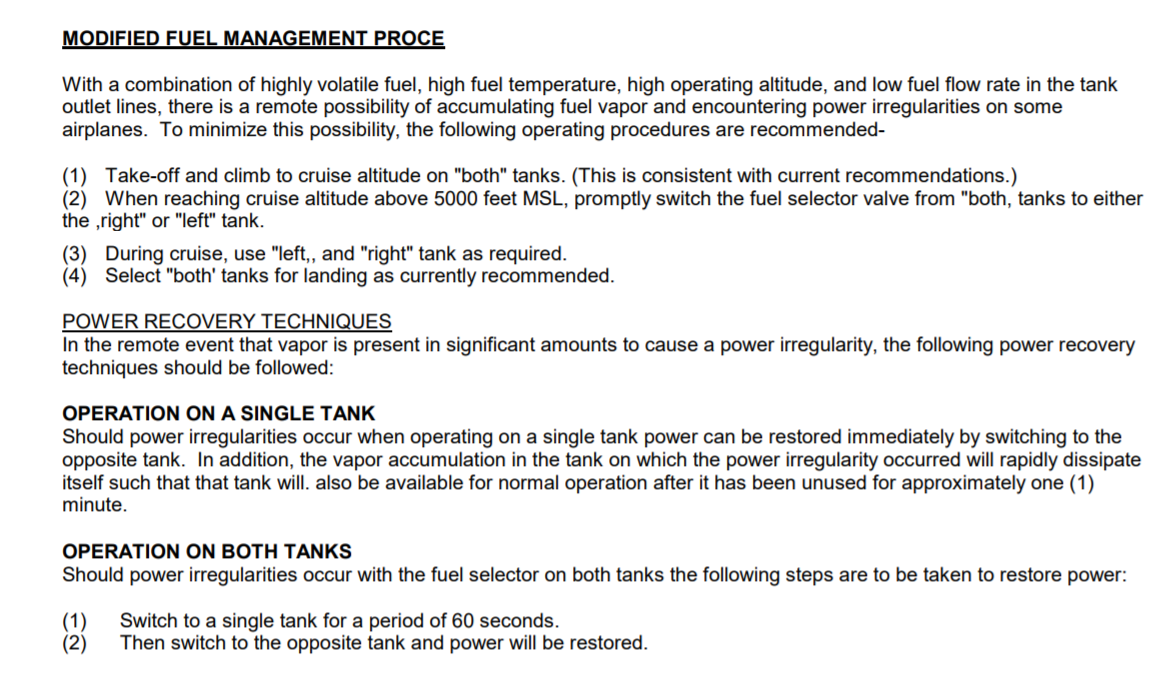
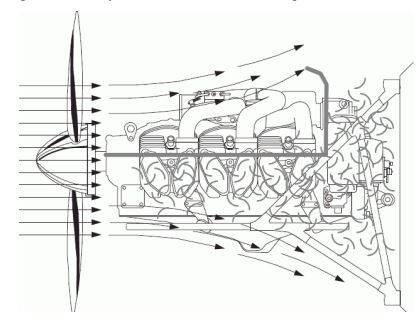
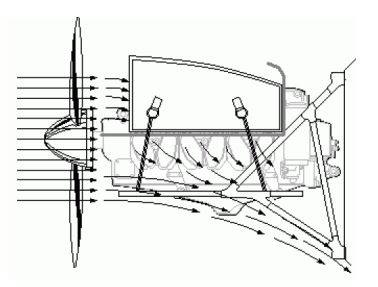
 RSS Feed
RSS Feed


